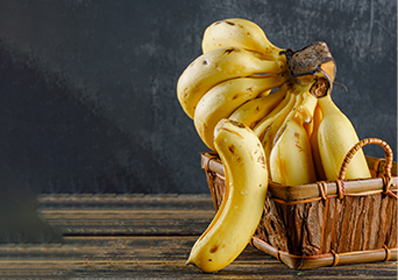- Polyvinyl Alcohol (PVA), provides structural strength, elasticity, and stability.
- Gelatin, a collagen-derived protein, adds biodegradability and enhances interaction with biological tissues.
Research Insights- Hydrophilicity & Absorption: Increasing gelatin content enhances surface wettability and water uptake, improving biological compatibility and tissue integration.
- Hemocompatibility: <5 % hemolysis confirms excellent blood compatibility and safety for biomedical contact applications.
- Permeation Capacity: Both low- and high-molecular-weight drugs diffuse effectively through the matrix, indicating suitability for sustained and controlled drug release.
- Functional Relevance: The combined properties of hydrophilicity, biocompatibility, and permeability position PVA/Gelatin hydrogels as promising materials for wound dressings and transdermal delivery systems.
Kamoun, E. A., Chen, X., Mohy Eldin, M. S., & Kenawy, E.-R. S. (2015). Crosslinked poly(vinyl alcohol) hydrogels for wound dressing applications: A review of remarkably blended polymers. Arabian Journal of Chemistry, 8(1), 1–14. https://doi.org/10.1016/j.arabjc.2014.07.005
Kim, S., Lim, H., Kim, S., & Lee, D. Y. (2020, March 15). Effect of PVA Concentration on Strength and Cell Growth Behavior of PVA/gelatin Hydrogels for Wound Dressing. https://doi.org/10.9718/JBER.2020.41.1.1
Zaki, R. M., Alfadhel, M. M., Alossaimi, M. A., Elsawaf, L. A., Devanathadesikan Seshadri, V., Almurshedi, A. S., Yusif, R. M., & Said, M. (2022). Central Composite Optimization of Glycerosomes for the Enhanced Oral Bioavailability and Brain Delivery of Quetiapine Fumarate. Pharmaceuticals (Basel, Switzerland), 15(8), 940. https://doi.org/10.3390/ph15080940






